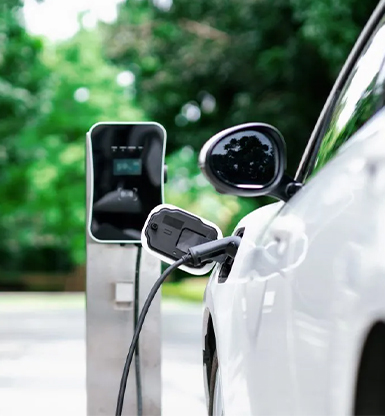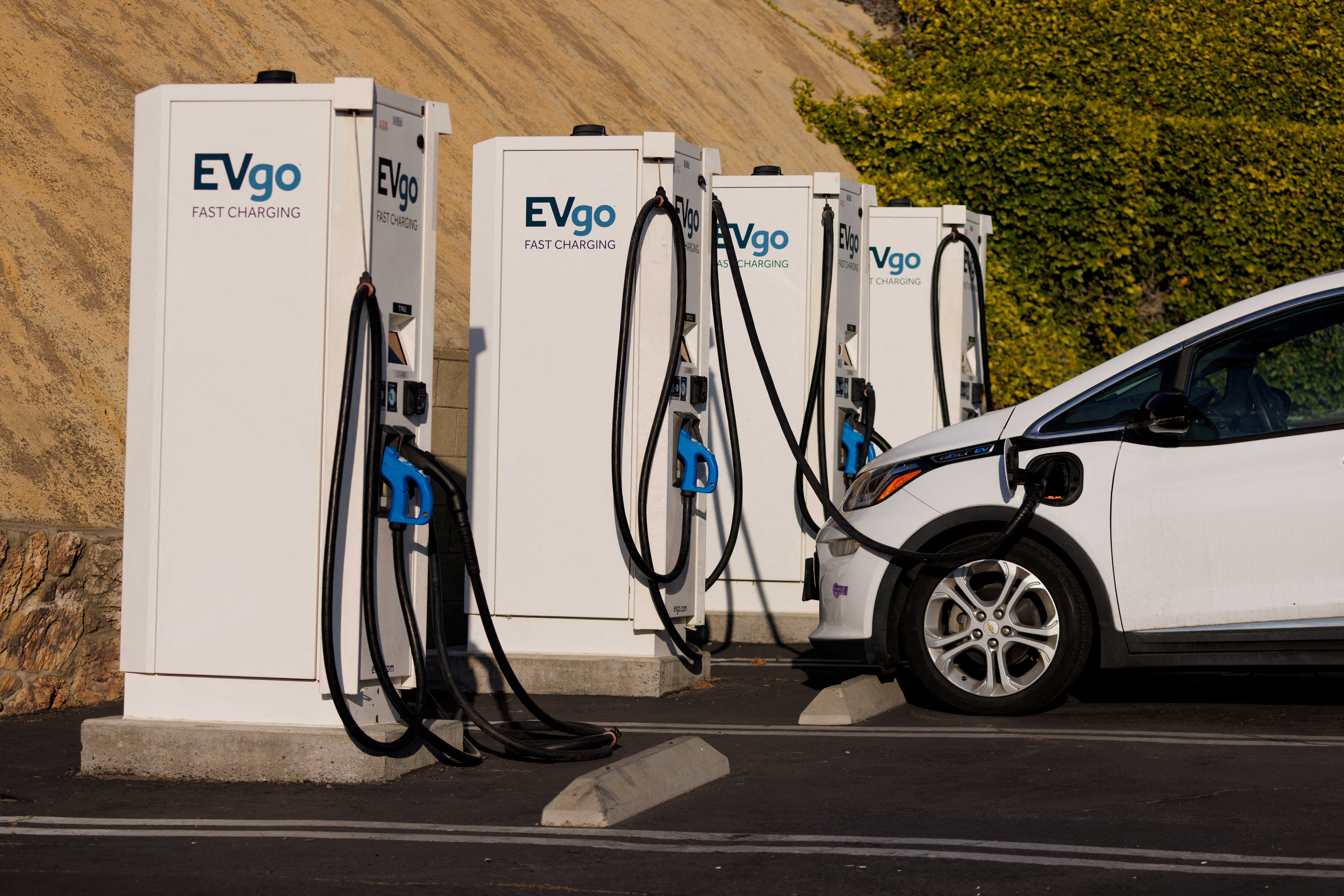New Dope in EV Charging: Just How the Sector Is EVolving to Meet Need
As the electrical lorry (EV) market continues to increase, the charging infrastructure is undertaking considerable changes to deal with the rising need. Trick advancements in ultra-fast billing modern technologies, coupled with wise grid integration, are reshaping the landscape. Innovations in battery technology guarantee boosted effectiveness and sustainability. The pursuit of global billing standards stays a crucial factor in allowing seamless customer experiences and extensive adoption. The implications of these advancements raise essential questions concerning the future of EV charging and its role in the broader power community.
Development of Charging Framework
The quick expansion of electrical car (EV) charging facilities is a vital part in helping with the extensive adoption of electric movement. As governments, exclusive business, and customers progressively identify the significance of reducing carbon exhausts, investments accountable networks have actually surged. This facilities development is vital to ease array anxiety, ensuring that EV users have convenient access to charging stations.
Substantial improvements in billing terminal modern technology and implementation methods have arised. Urban locations are seeing an expansion of public billing terminals, while rural regions are progressively being integrated right into the billing network. Collaborations in between vehicle makers and billing carriers are coming to be a lot more common, facilitating the facility of thorough networks that enhance customer experience and ease of access.
Furthermore, the assimilation of renewable resource resources right into billing terminals is acquiring energy, advertising sustainability in the EV ecosystem. This shift not just sustains environmental objectives but additionally straightens with the increasing demand for green power options amongst customers.
Ultra-Fast Charging Technologies
Ultra-fast charging technologies stand for a significant leap ahead in the EV charging landscape, allowing electric automobiles to charge in a portion of the time contrasted to traditional charging methods. These advancements normally deliver power levels surpassing 150 kW, with some systems rising to 350 kW or even more, significantly decreasing billing times to as little as 15-30 mins for a considerable cost.
Key allowing modern technologies include developments in battery chemistry, power electronics, and thermal administration systems. For example, high-capacity batteries with improved thermal stability permit faster billing without overheating. Additionally, advancements accountable facilities, such as liquid-cooled wires and modular charging stations, facilitate effective power transfer, improving the general user experience
Significant automotive producers and innovation firms are proactively purchasing ultra-fast billing networks, acknowledging the crucial function they play in getting over array anxiety and increasing the adoption of electric vehicles. As these technologies come to be extra extensively offered, the EV market is expected to witness substantial development, making electrical mobility a more attractive option for customers. On the whole, ultra-fast billing modern technologies are crucial in shaping the future of lasting transportation, paving the method for an extra considerable and effective charging environment.
Smart Grid Combination

Via need response strategies, clever grid systems can adjust charging schedules based on grid conditions and power pricing. Throughout periods of high demand, charging can be delayed to off-peak hours, resulting in reduced expenses for consumers and decreased pressure on the grid. In addition, vehicle-to-grid (V2G) modern technologies allow EVs to release power back right into the grid, supplying secondary services and enhancing grid security.
Assimilation with sustainable energy sources additionally improves the sustainability of EV billing. By aligning billing activities with durations of high solar or wind generation, wise grids advertise a greener billing infrastructure. Eventually, wise grid assimilation not only supports the expanding need for EVs but likewise adds to a more resilient and sustainable power future, positioning the industry for lasting success.
Battery Developments
Among the quick advancement of electrical automobiles (EVs), battery innovations stand at the forefront, driving advancements in sustainability, effectiveness, and performance. As the demand for EVs rises, researchers and manufacturers are concentrating on boosting battery technologies to resolve obstacles such as range anxiousness and charging times.
Lithium-ion batteries remain the most widely used innovation, yet new products and chemistries are emerging to improve energy thickness and longevity. Solid-state batteries, for example, promise higher energy storage ability and enhanced security by replacing liquid electrolytes with strong ones. This change could considerably minimize the threat of fire and enhance the life expectancy of batteries.
In addition, advancements in battery recycling processes my explanation are vital for sustainability. Firms are creating methods to recuperate important materials like lithium, cobalt, and nickel from made use of batteries, advertising a round economic situation and reducing ecological effect.

International Billing Standards

Efforts are underway to establish international billing criteria that facilitate compatibility among various EV designs and billing terminals. Organizations such as the International Electrotechnical Commission (IEC) and the Society of Automotive Engineers (SAE) are working collaboratively with automotive makers and power suppliers to develop extensive guidelines. EV Charging news. These requirements purpose to simplify the charging procedure, minimize the demand for numerous adapters, and boost user experience
Moreover, standardization can considerably reinforce the expansion of the billing network, as it encourages investment by making infrastructure development a lot more foreseeable and reliable. As the EV market develops, a unified strategy to billing criteria will certainly be crucial for making certain that consumers can bill their lorries comfortably and dependably, consequently sustaining the wider shift to sustainable transportation.
Final Thought
The electrical lorry charging sector is undergoing substantial makeover to deal with the surging demand for lasting transport. Improvements in charging facilities, ultra-fast technologies, wise grid integration, and ingenious battery options are essential in enhancing user experience and functional efficiency.
Urban areas are seeing a spreading of public charging stations, while rural areas are progressively being integrated into the billing network. In addition, developments in billing infrastructure, such as liquid-cooled wires and modular charging stations, assist in reliable power transfer, improving the overall user experience.
Generally, ultra-fast billing innovations are crucial in forming the future of lasting transport, paving the means for a more substantial and reliable billing community. - EV Charging news
By lining up charging activities with periods of high solar or wind generation, wise grids advertise a greener billing facilities.Efforts are underway to develop worldwide billing requirements that help with compatibility amongst numerous EV versions and billing terminals.
Comments on “Key Innovations in the EV Sector You’ll Find in Today’s Buy EV Charging news”